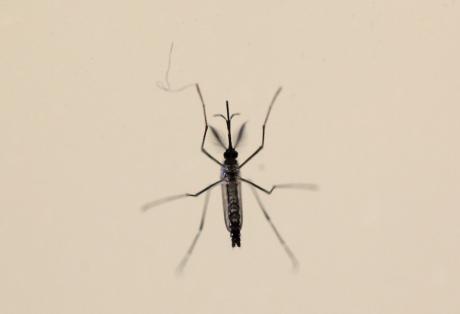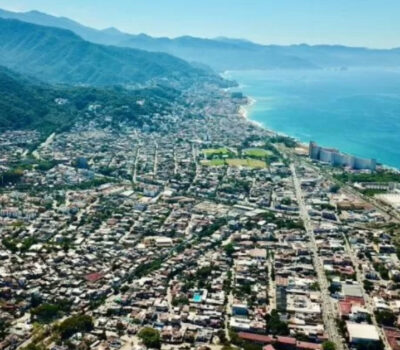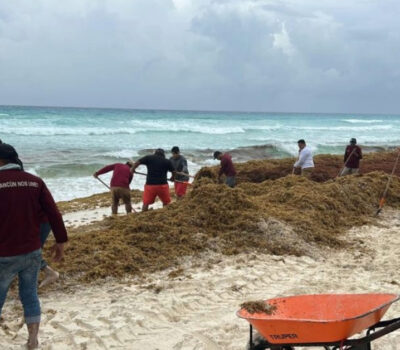Top Zika investigators now believe that the birth defect microcephaly and the paralyzing Guillain-Barre syndrome may be just the most obvious maladies caused by the mosquito-borne virus.
Fueling that suspicion are recent discoveries of serious brain and spinal cord infections - including encephalitis, meningitis . . .












